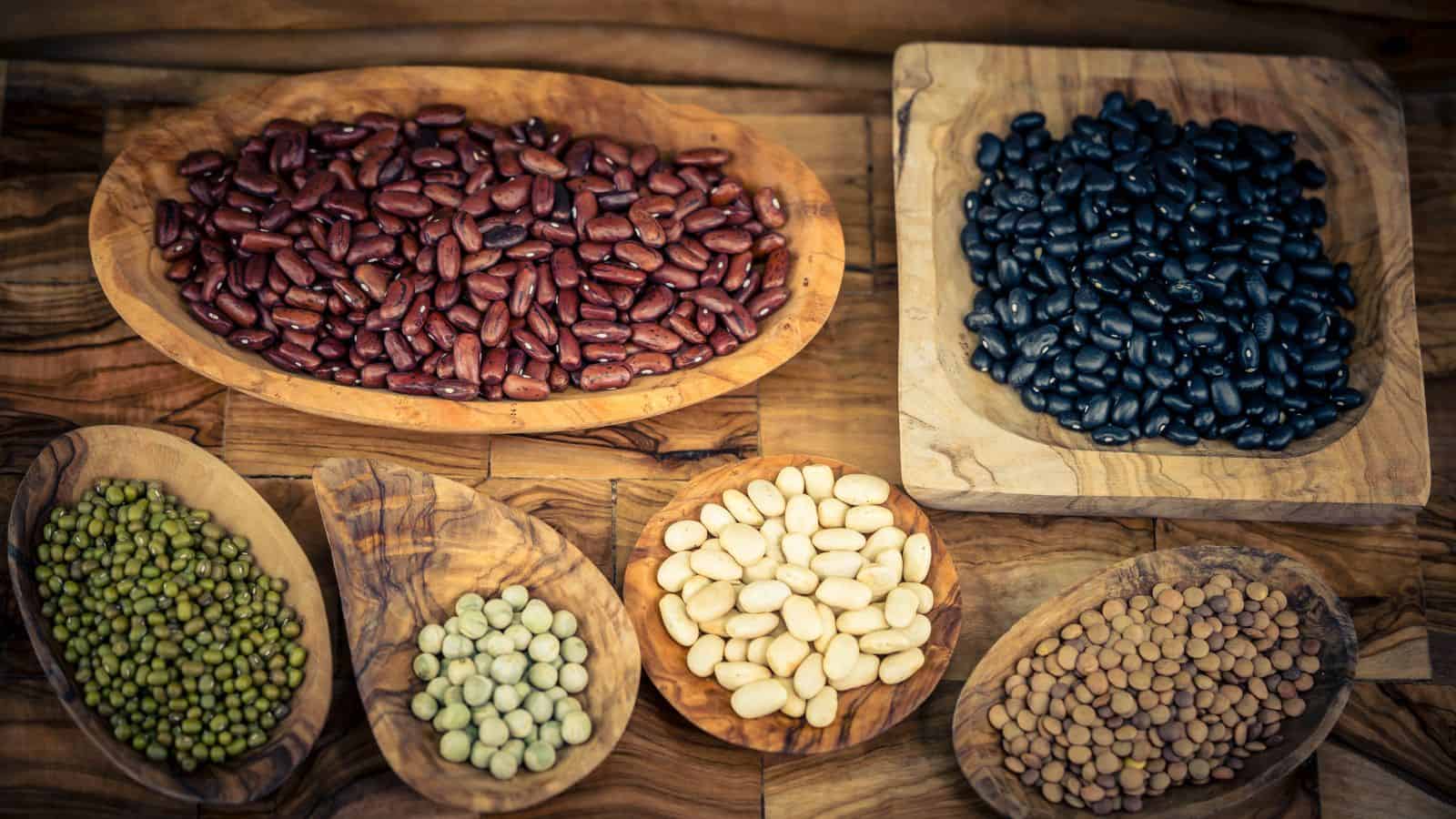Around the world, people have developed simple eating habits that help them stay healthy and active as they age. These ten cultural habits that promote longevity aren’t about complicated diets or strict rules. Instead, they focus on natural, balanced ways of eating that fit easily into everyday life. Paying attention to what and how much we eat can make a big difference in reducing health risks and keeping our bodies strong.
What’s great is that these habits come from cultures with real, long-lived people, not just theories. They show us that small, consistent choices can add up over time. Whether it’s eating more plants, enjoying meals with others, or choosing certain types of foods, these practices can help anyone looking to improve their health. Learning from these ways of eating is a perfect step toward living a longer, healthier life.

Plant-Based Diets (Okinawa, Japan)

The traditional diet in Okinawa focuses heavily on vegetables such as leafy greens, sweet potatoes, and seaweed, along with soy products like tofu. Meat and processed foods are consumed very sparingly, leading to a nutrient-dense regimen low in calories but high in vitamins, minerals, and antioxidants. This way of eating supports healthy aging by reducing inflammation and oxidative stress. The diet’s emphasis on natural, plant-derived foods contributes to maintaining a healthy body weight and lowering the risk of chronic diseases like heart conditions and diabetes, which are common in other populations.
Moderate Portion Sizes (Mediterranean Region)

In many Mediterranean cultures, people tend to eat smaller amounts of food per meal, which helps prevent overeating and supports digestion. Meals are often paced slowly, allowing the body to register fullness more effectively. This habit reduces the likelihood of excessive calorie intake and weight gain, which are risk factors for many health problems. Eating moderate portions also encourages a balanced intake of diverse foods without excess. This practice is often combined with an active lifestyle and social interaction during meals, which together contribute to a longer and healthier life.
Regular Consumption of Fermented Foods (Korea, Japan)

Fermented foods such as kimchi, miso, and natto are staples in Korean and Japanese diets. These foods contain live bacteria that aid in maintaining a healthy gut microbiome, which plays a crucial role in digestion and immune function. The fermentation process also enhances nutrient availability and introduces beneficial compounds that can reduce inflammation. Regular intake of these foods supports metabolic health and may protect against certain chronic diseases. The tradition of including fermented items in daily meals helps sustain gut health, which is increasingly recognized as important for longevity and disease prevention.
Daily Intake of Olive Oil (Mediterranean Diet)

Olive oil is a primary fat source in Mediterranean eating patterns, valued for its high content of monounsaturated fats and antioxidants. These elements help lower bad cholesterol levels and reduce inflammation, contributing to heart health. Using olive oil in cooking and dressings replaces less healthy fats, improving blood vessel function and reducing the risk of cardiovascular diseases. The consistent use of this oil also supports brain health and may slow age-related cognitive decline. Its integration into meals is a key factor in the well-documented longevity of populations in Mediterranean countries.
High Consumption of Legumes (Loma Linda, California - Seventh-day Adventists)

In Loma Linda, many residents follow a plant-focused diet rich in beans, lentils, and chickpeas, which are excellent sources of protein, fiber, and essential nutrients. These foods contribute to stable blood sugar levels and promote heart health by lowering cholesterol. The high fiber content aids digestion and supports a healthy gut environment. This dietary habit helps reduce the risk of obesity, diabetes, and cardiovascular disease. The preference for legumes as a protein source, along with minimal consumption of animal products, plays a significant role in the extended lifespan observed in this community.
Eating Whole, Minimally Processed Foods (Blue Zones Worldwide)

In regions known for longevity, such as the Blue Zones, diets emphasize foods in their natural state, avoiding refined sugars, processed grains, and artificial additives. This habit results in meals rich in fiber, vitamins, and minerals, which support healthy digestion and reduce inflammation. Whole foods like fruits, vegetables, nuts, and whole grains maintain nutrient density and help regulate blood sugar levels. By steering clear of heavily processed items, people reduce exposure to harmful substances linked to chronic diseases. This approach to eating also promotes stable energy levels and supports maintaining a healthy weight.
Low Meat Consumption (Various Cultures)

Many long-lived populations consume meat only occasionally, often focusing on plant proteins and fish. This practice reduces intake of saturated fats and cholesterol, factors associated with heart disease and certain cancers. Instead of relying on meat, these cultures emphasize legumes, grains, vegetables, and seafood, which supply essential nutrients without the risks linked to excessive red or processed meat. This habit also encourages more sustainable eating patterns. Limiting meat consumption helps maintain a balanced diet that supports cardiovascular health and reduces inflammation, contributing to longer life expectancy.
Incorporation of Herbs and Spices (Indian Subcontinent, Mediterranean)

The use of herbs and spices such as turmeric, garlic, rosemary, and ginger is common in many traditional diets. These ingredients contain compounds with antioxidant and anti-inflammatory properties that help protect cells from damage and reduce the risk of chronic illnesses. Including a variety of these natural flavorings enhances the nutritional profile of meals without adding unhealthy fats or sugars. Regular consumption of these plant-based additives supports immune function and may improve digestion. This practice reflects a deep-rooted knowledge of natural remedies that contribute to maintaining health and vitality over time.
Drinking Green Tea (China, Japan)

Green tea is consumed daily in many East Asian cultures and is rich in polyphenols, which act as antioxidants. These compounds combat oxidative stress and help reduce inflammation, factors linked to aging and chronic disease. Drinking green tea may support cardiovascular health by improving blood vessel function and lowering cholesterol levels. It also contains compounds that may enhance brain function and protect against neurodegenerative conditions. The habit of consuming green tea regularly contributes to hydration and provides a mild stimulant effect without the jitters associated with stronger caffeinated beverages.
Social and Communal Eating Practices (Mediterranean, Latin America)

Sharing meals with family and friends is a common practice in many cultures associated with longevity. Eating together fosters slower eating habits, which aid digestion and help regulate appetite. This social interaction reduces stress and promotes emotional well-being, both important factors for maintaining health. Communal meals often involve a variety of fresh, seasonal foods, encouraging balanced nutrition. The sense of connection and belonging created by these gatherings supports mental health and may improve immune function. Such practices integrate food with social support, creating a holistic approach to long life.
Munch Your Way to 100

Taking a few lessons from these food habits can make a real difference in how we feel as we get older. It’s not about changing everything at once or following a strict plan. Instead, it’s about making thoughtful choices that fit your life and taste buds. Simple shifts, like eating more plants or sharing meals with others, can add up to better health and more energy over time.
The great thing is that these habits come from people who’ve lived long, full lives. They remind us that good health often comes from everyday actions, not quick fixes. By trying out some of these ideas, anyone can work toward a longer, healthier future. It’s about making food a part of your life that supports you, not something to stress over.
Iconic Foods in US History That Changed American Culture Forever

From the early days of settlers to modern times, these 13 historical foods in the US have been there through thick and thin. They tell stories of survival, innovation, and change. Some were staples that kept people going during tough times, while others became symbols of celebration and unity. Each one has its own backstory, adding flavor to the American experience.
Read it Here: 13 Iconic Foods in US History That Changed American Culture Forever
Traditional Dishes Immigrants Deeply Miss From Their Homes

When people move to a new country, one thing they often miss is the food they grew up with. These 13 dishes immigrants miss from home carry memories of family dinners, celebrations, and everyday life. Finding those flavors again can be tough, especially when ingredients or cooking methods aren’t easy to come by.
Read it Here 13 Traditional Dishes Immigrants Deeply Miss From Their Homes


Tell Me What You Think!